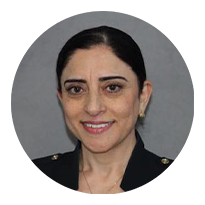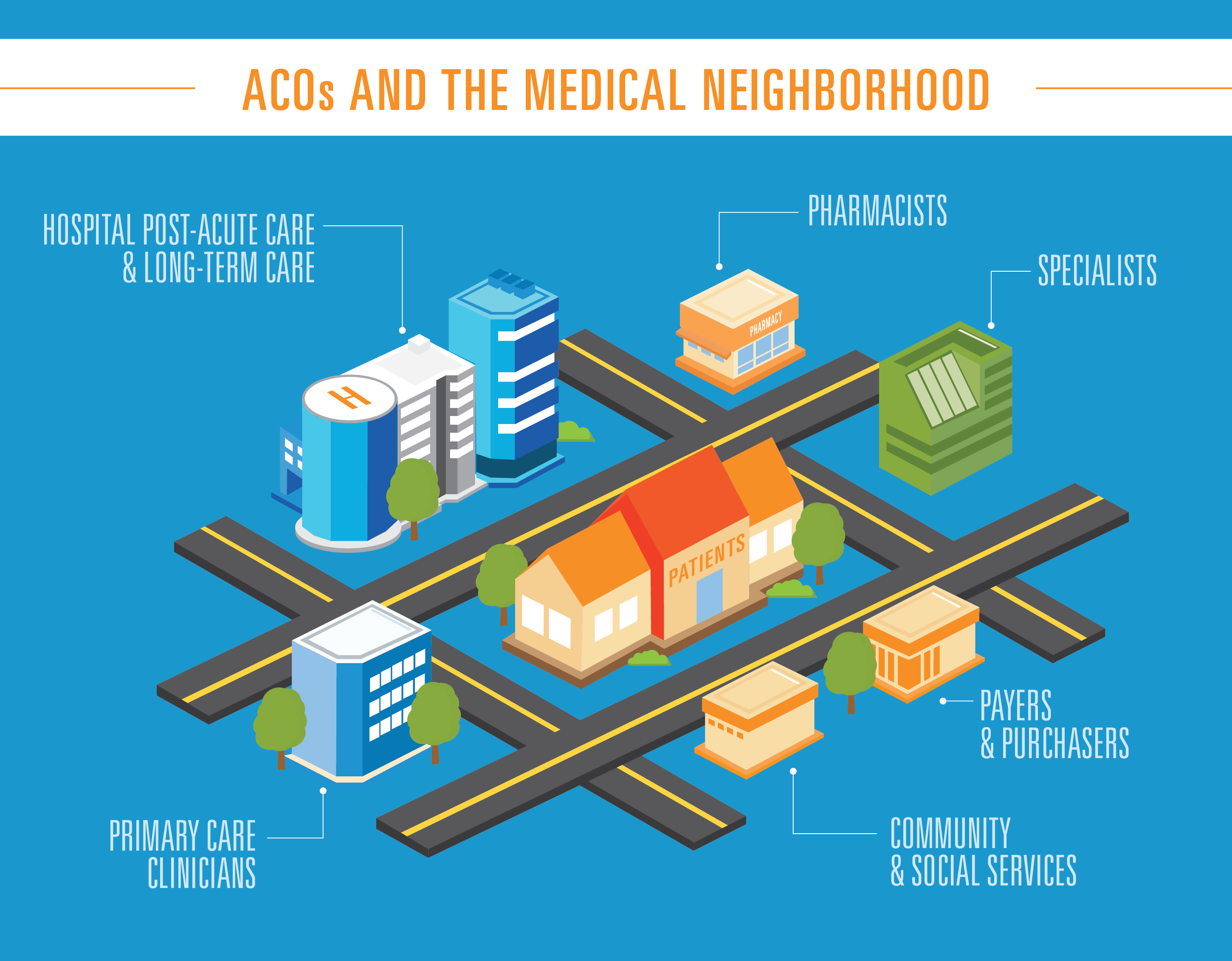What are Social Determinants of Health?
Dr. Basello defines SDOH, “These are the conditions that our patients live in. They also reference the outside forces that impact that socially. What are those wider social forces that are at play, and why have those conditions led to the inevitable poor outcomes that we see?” These factors can tie to society as a whole, location, and personal factors. Common SDOH include housing, pollution, violence, and access to reliable transportation. Dr. Jamal expands on the definition of SDOH, saying that she tells new doctors to consider everything that happens outside of the 20 minute visit. She says, “In the outpatient world, 40 minutes, 20 minutes, that’s the most that they end up spending with us, and that’s often a visit that is once a year. Everything else that impacts their health happens outside of the healthcare setting is really what the social determinants of health are.”
Why Do Social Determinants of Health Matter?
That time outside of appointments, Dr. Jamal notes, often determines how well someone can comply with their treatment, thus impacting their outcomes. However, SDOH shouldn’t be confused with health equity, which according to Dr. Raoof, relates to giving everyone a fair shot at quality healthcare. The determinants impact them getting that fair shot. “Keeping this in mind,” she explains, “working with them is essential for providing health equity.” Dr. Jamal adds that analyzing the way that social resources and opportunities are distributed is a part of creating health equity. According to Dr. Jamal, “When we talk about equity, what we’re really saying is that if we recognize that there is a population, because of the social determinants of health that they have, that has higher need or high risk.” Factors could include systemic racism, access to transportation, or income. She adds, “When we say health equity we are saying that we are going to distribute more resources to them so that they can come up on an equal footing with others in society.”
Why the Sudden Focus on SDOH?
Dr. Raoof explains that the pandemic has changed the outlook on the US healthcare system. However, while COVID has brought health equity to the forefront, it has been a hot button issue in many communities for years. Her community in Queens, New York was especially hit hard. She describes it, “We would have a patient come to our hospital with COVID. We told them to isolate, but they had 10 family members living in the same room. I think that COVID really changed the entire outlook of this country. We cannot be comparing outcomes in our patient population with outcomes in the academic centers in Manhattan.” That is because, within the same city, there are completely different patient populations with different determinants of health. She feels that COVID has been that reckoning. “It’s not just looking at how we treat a disease,” she explains. “There’s so much more than a disease that a patient needs to be healthy and remain healthy.”
What It Looks Like to Center SDOH in Your Practice
Every community has their own unique challenges that need to be taken into account in order to create a plan to tackle social determinants of health. According to Dr. Raoof, “ We need to be reflective of the patients we serve, and if I don’t understand the culture and difficulties that my patients face, how am I going to devise solutions to help them?” She says that 60% of her hospital’s employees are from that very community, speaking over 60 languages. Navigators, care transition workers, and nurses are also locals. Dr. Raoof recommends, “ I think staffing models need to change if you really want to understand their patient populations.” Dr. Jamal, on the other hand, points out that her zip codes served have the lowest life expectancies, and Kansas City was one of the last areas to desegregate. Not only that, one of the biggest SDOH to impact the area is the lack of housing. Food security and lack of transportation have also been sensitive areas. Dr. Jamal knows that creating health equity isn’t possible without addressing barriers to health. She says, “We’re never really going to achieve health outcomes by just focusing on what we can do for them inside of a 20 to 40 minute visit. No amount of medication is going to improve diabetes outcomes, if a patient is food insecure, or if a patient is struggling to even afford, you know, the medications that are on the $4 list.” These are all connected. Dr. Jamal hints at the effects of systemic racism, which Dr. Basello confirms. “It’s another layer,” she says. “With racism, both implicit and explicit bias is at play, and we have to think of that as a social determinant of health as well.” Recognizing racism’s role can make a difference in several aspects of healthcare, including maternal mortality, which highlight startling disparities.
The bottom line Quality healthcare seeks to meet the needs of all populations, not just the ones represented in studies. Knowing what hinders healthcare success in your community helps to create equity for the most vulnerable populations.
Tap Here to Learn about Q @Home






